Commonly Asked Questions about Spina Bifida
1. What is Spina Bifida?
Spina Bifida, a type of Neural Tube Defect, develops in the womb and occurs when the spinal cord & spine fails to develop properly.

2. What are the different types of Spina Bifida?
Spina Bifida Occulta: Spina Bifida Occulta is the least serious and most common type. It is usually discovered only on X-Rays and Scans. Most people don’t become aware of their condition before birth.

Spina Bifida Occulta
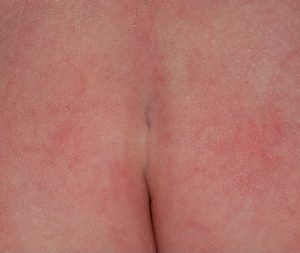
Sacral Dimple

Tuft of Hair
Meningocele: The coverings of the spinal cord (meninges) pass back through the opening in the spine to form a cyst like swelling.
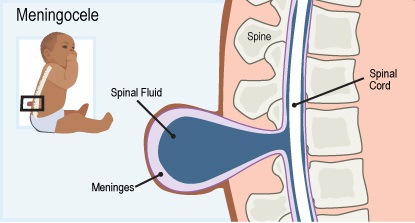
Myelomeningocele: If the spinal cord is enclosed in the cyst, the condition is called myelomeningocele. This is the most serious type of Spina Bifida.

3. What are common challenges faced by people with Spina Bifida?
The challenges that individuals with Spina Bifida face depends on the severity of the Spina Bifida.
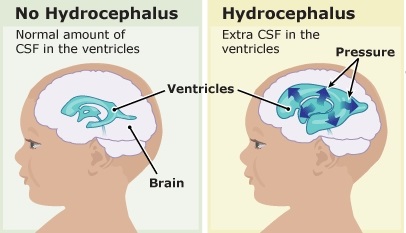
Hydrocephalus
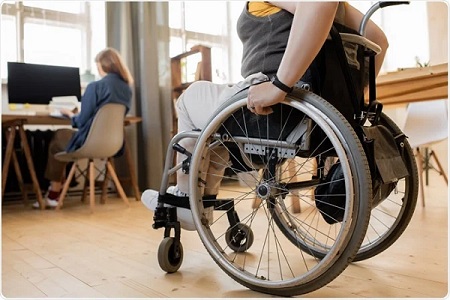
Paralysis and Difficulty with Walking

Loss of Bladder and Bowel Control
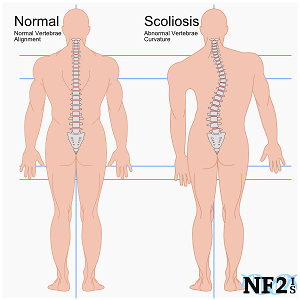
Scoliosis
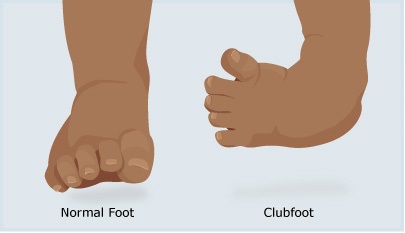
Clubfoot

Orthopedic Issues
If you have anymore questions, please email sbfsecretary@gmail.com or call/message the Spina Bifida Helpline – 7506070616
4. What are the causes of Spina Bifida?
The exact cause is unknown, but factors like folic acid deficiency, genetics, and environmental influences may play a role.

5. Is Spina Bifida hereditary?
While there is a slightly increased risk if a parent or sibling has Spina Bifida, most cases occur without a family history.
6. Is Spina Bifida preventable?
While not all cases are preventable, the risk can be significantly reduced if women of childbearing age take Folic Acid supplements daily before conception and during early pregnancy
*Please speak to your obstetrician or doctor about the dosage
7. What is Folic Acid?

Folic acid is a type of B vitamin (Vitamin B9) that your body needs to make healthy new cells. It is especially important during periods of rapid growth, such as pregnancy and infancy.
Folic acid helps prevent major birth defects of the baby’s brain and spine, known as neural tube defects (NTDs) — including Spina Bifida
Women who are planning to become pregnant should take folic acid every day, starting at least one month before conception and during the first trimester of pregnancy. Folic Acid can prevent up to 75% of Spina Bifida cases.
*If you’re planning to have a second child after having a child with Spina Bifida, it’s important to speak with your obstetrician about the recommended folic acid dosage.
If you have any questions regarding the information or you’d like to speak to a specialist, please email sbfsecretary@gmail.com or call/message the Spina Bifida Helpline – 7506070616
8. Is Spina Bifida curable?
There is no cure, but early and ongoing care can help manage symptoms, improve function, and enhance quality of life.
9. What are the treatment options available?
Treatment depends on the type and severity but may include:
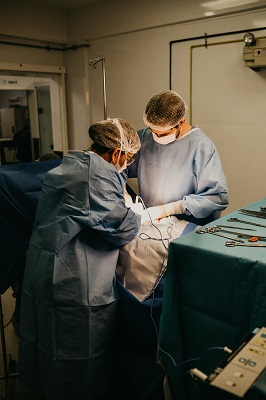
Surgery (Back Surgery – MMC)

Physiotherapy
Further rehabilitation:
● Schooling
● Employment
● Marriage
● Mental Health
10. Can individuals with Spina Bifida live normal lives?
Yes! With proper medical care, therapy, education, and social support, individuals with Spina
Bifida can go to school, work, pursue relationships, and live fulfilling lives.
If you have anymore questions about Spina Bifida or you want to do a consult with a concerned specialist, please ask questions in the link below and we will get back to you!
